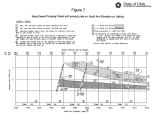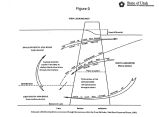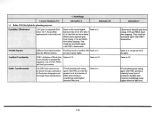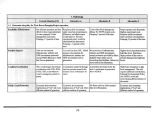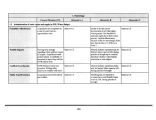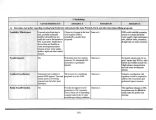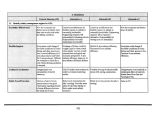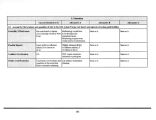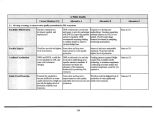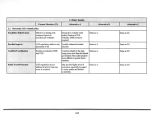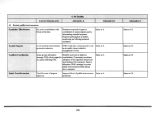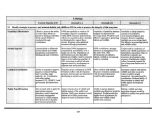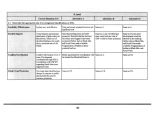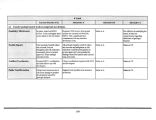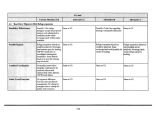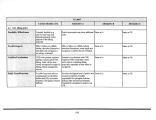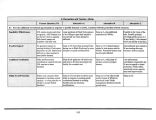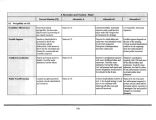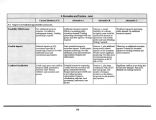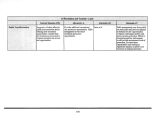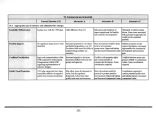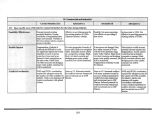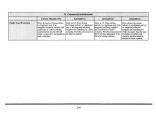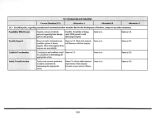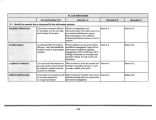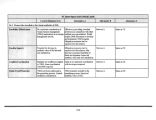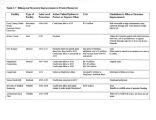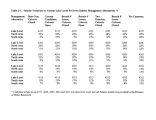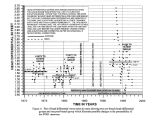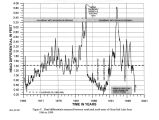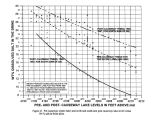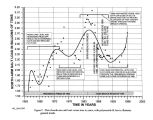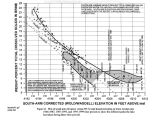| OCR Text |
Show Important issues for the Inland Sea Shorebird Reserve include access to sovereign lands and mosquito abatement practices. Gillmor Wildlife Sanctuary The land for the Gillmor Wildlife Sanctuary was donated to the National Audubon Society to help preserve the natural ecosystem of GSL. This 1,425 acre property has a variety of habitat types ranging from open water to playas and upland areas. It is located north of 1- 80 and west- northwest of the new SLCIA runway on the abandoned delta of the Jordan River. The Feasibility Study for the South Shore Wetlands Ecological Reserve of the Great Salt Lake was conducted with URMCC to investigate the possibility of restoration of the natural inflow of freshwater to this old river delta system. The hydrological study and analysis concluded that approximately 2,000 acres of potential wetland habitat could be developed or restored in this area to provide a mosaic of wetland and upland habitats for wildlife. The goals of the adjacent property owners are compatible in developing a contiguous area of highly productive habitat suitable for breeding, nesting, foraging and resting for a wide range of species. A goal for this area is to acquire water for future improvement of wildlife habitat. Salt Lake City International Airport Mitigation Site The SLCIA runway expansion project required mitigation for wet meadow wetlands habitat loss. Most of this mitigation site is surrounded by private property, duck clubs and the Gillmor Wildlife Sanctuary. The mitigation site includes 1,500 acres of wetland habitat. SLCIA authorities plan to focus on increasing shorebird habitat by 70- 80 acres by enhancing marginal wetlands and uplands. Issues facing this mitigation project include flooding impacts, changes in water use from agriculture to urban, non- native species invasion and future supplies of freshwater entering the mitigation site. Great Salt Lake Duck Club Properties According to the South Shore Duck Club Study ( Dunstan and Martinson, 1995), 13 duck clubs exist on the south shore of GSL, with more than 16,791 acres managed as wetlands for waterfowl habitat. Many duck clubs also exist along the east and north areas around the lake. Private duck clubs develop additional habitat and actively manage and enhance existing habitat to increase wildlife use for the purpose of waterfowl hunting. Enhanced areas require active management to maintain wetland and wildlife functions. These efforts also improve habitat conditions for a variety of other species and, together with the efforts of adjacent landowners, provide a considerable amount of contiguous habitat for wildlife around GSL. The South Shore Duck Club Study conducted between 1994- 95, examined the feasibility of a formal protection plan and the possibility of developing public support for these privately owned and managed wetland areas. This effort identified the importance of duck clubs in providing habitat for a variety of species. Surface gradients in developed wetlands are so shallow, a one- inch change in water level can move pond shorelines hundreds of yards. Because of this 92 |


















































